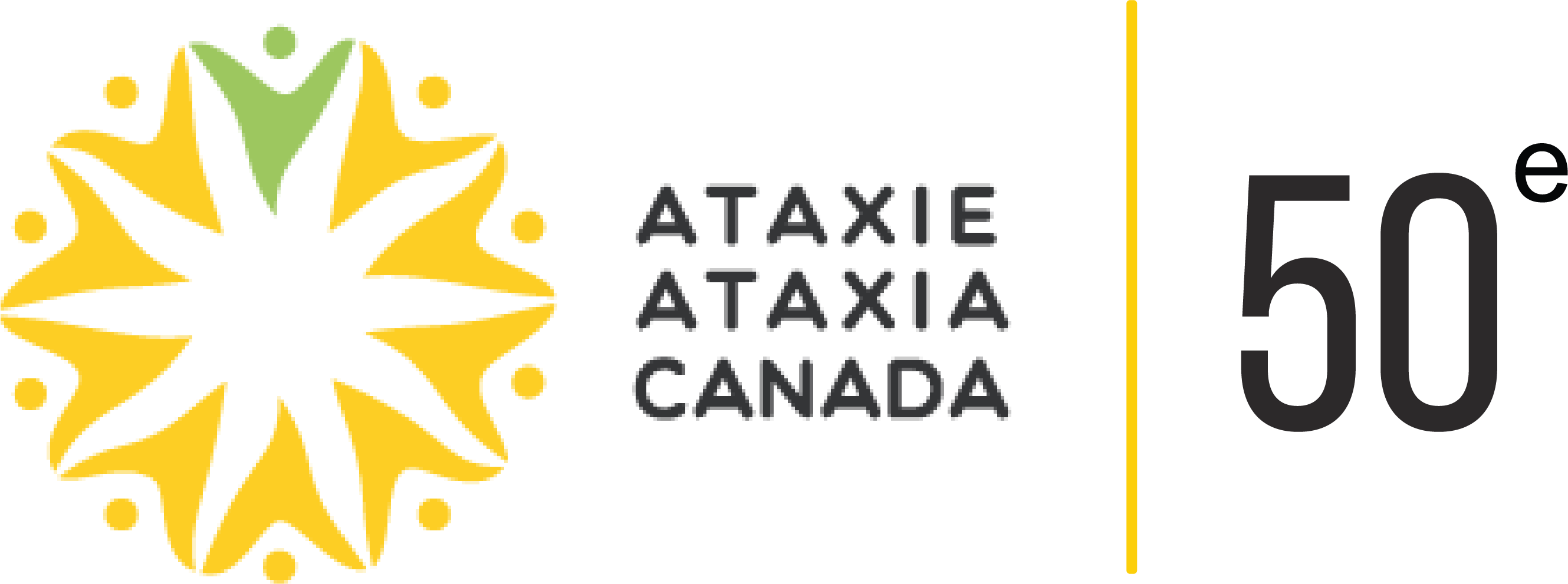Charlevoix-Saguenay Spastic ataxia (ARSACS)
What is ARSACS?
This form of ataxia is observed solely in the Saguenay-Lac St-Jean and in Charlevoix regions. It can be described as a degeneration of the spinal cord (it affects the motor functions) as well as a progressive attack on the peripheral nerves and a sensory disturbance.
Symptoms
ARSACS brings a lack of balance while walking causing frequent falls, spasticity especially in the legs (accentuating as time goes by) and a lack of coordination of the movements of the arms (from which comes the difficulty to write and to execute precise movements). ARSACS causes slurred speech and progressive weakness as well. ARSACS can also bring a slight deformation of the feet and the hands.
Progression
Right from early childhood, when the child starts to walk the disease appears (around 12-18 months). Around 30-40 years of age, the person uses a wheelchair to travel long distances.
In those regions, one person out of 22 is a carrier. There are around 320 cases of this disease in Quebec.
ARSACS’ evolution is slow and progressive. As the patient grows older, the anomalies in the cerebellum accentuate, limiting coordination and balance.
Transmission
It is a recessive autosomal disease. It affects both sexes and both parents must be carriers of the gene. There is a 25% chance of having the disease, a 50% chance of being a carrier and a 25% chance of being neither a carrier nor having ARSACS.
Treatments
There are no treatments for ARSACS.
Certain oral medication can be taken to control some of the effects, such as spasticity. Occupational therapy, physiotherapy, and speech therapy can be done in order to limit functional losses and to prevent certain complications.
Source:

